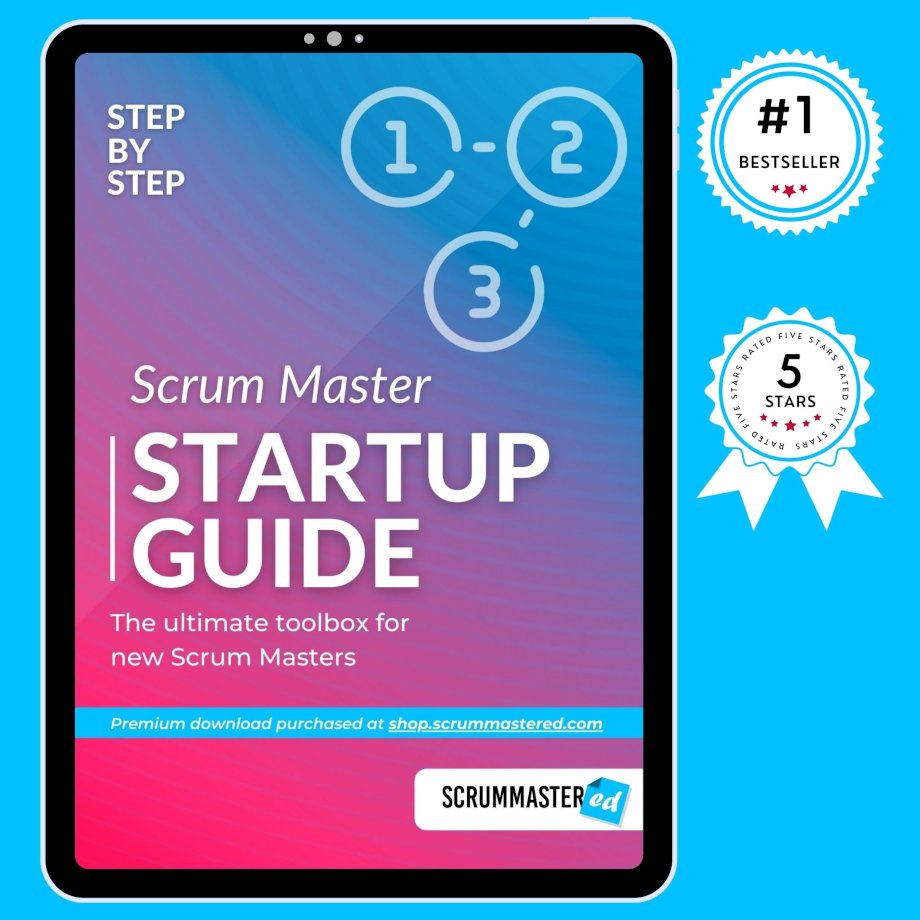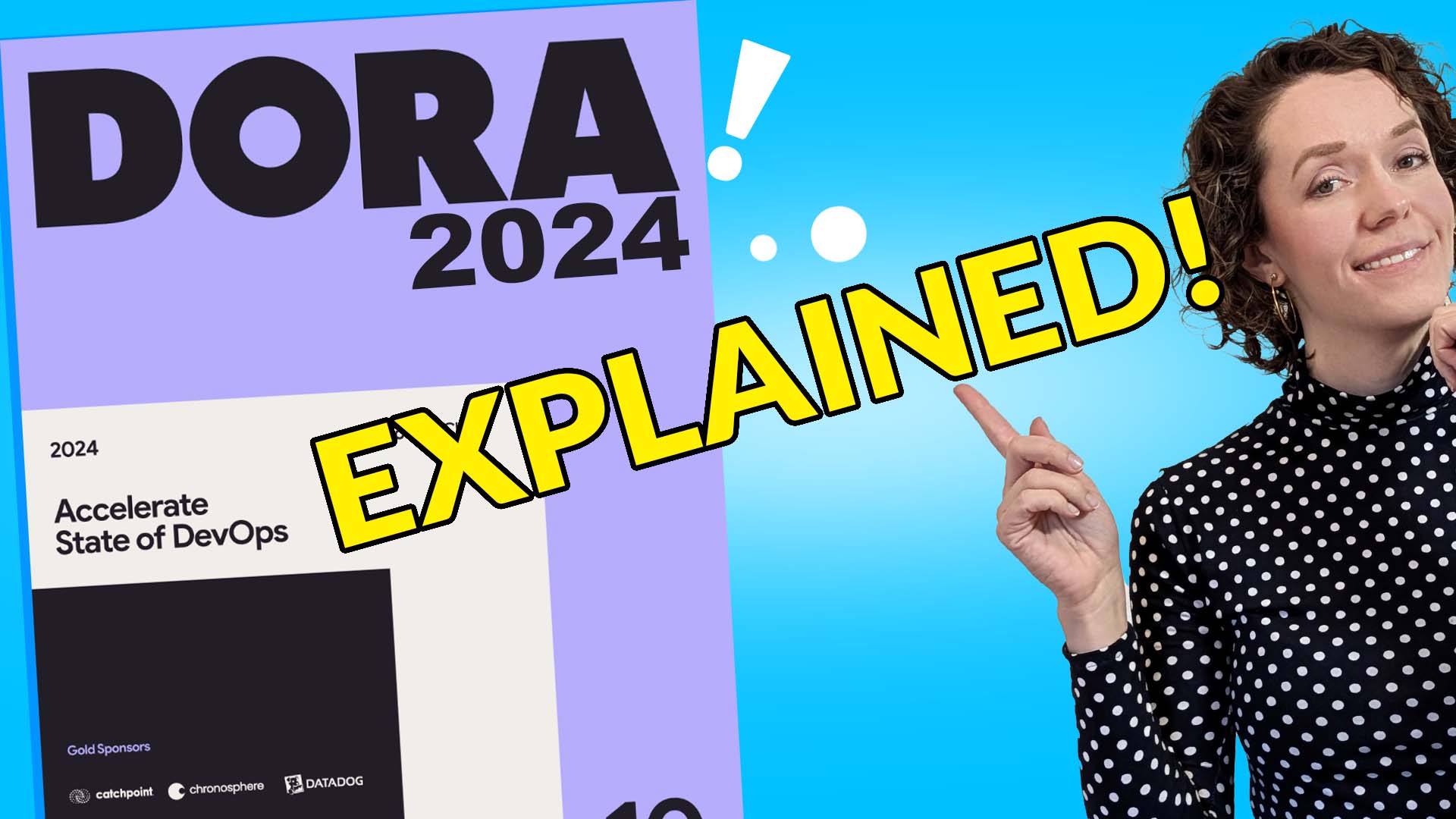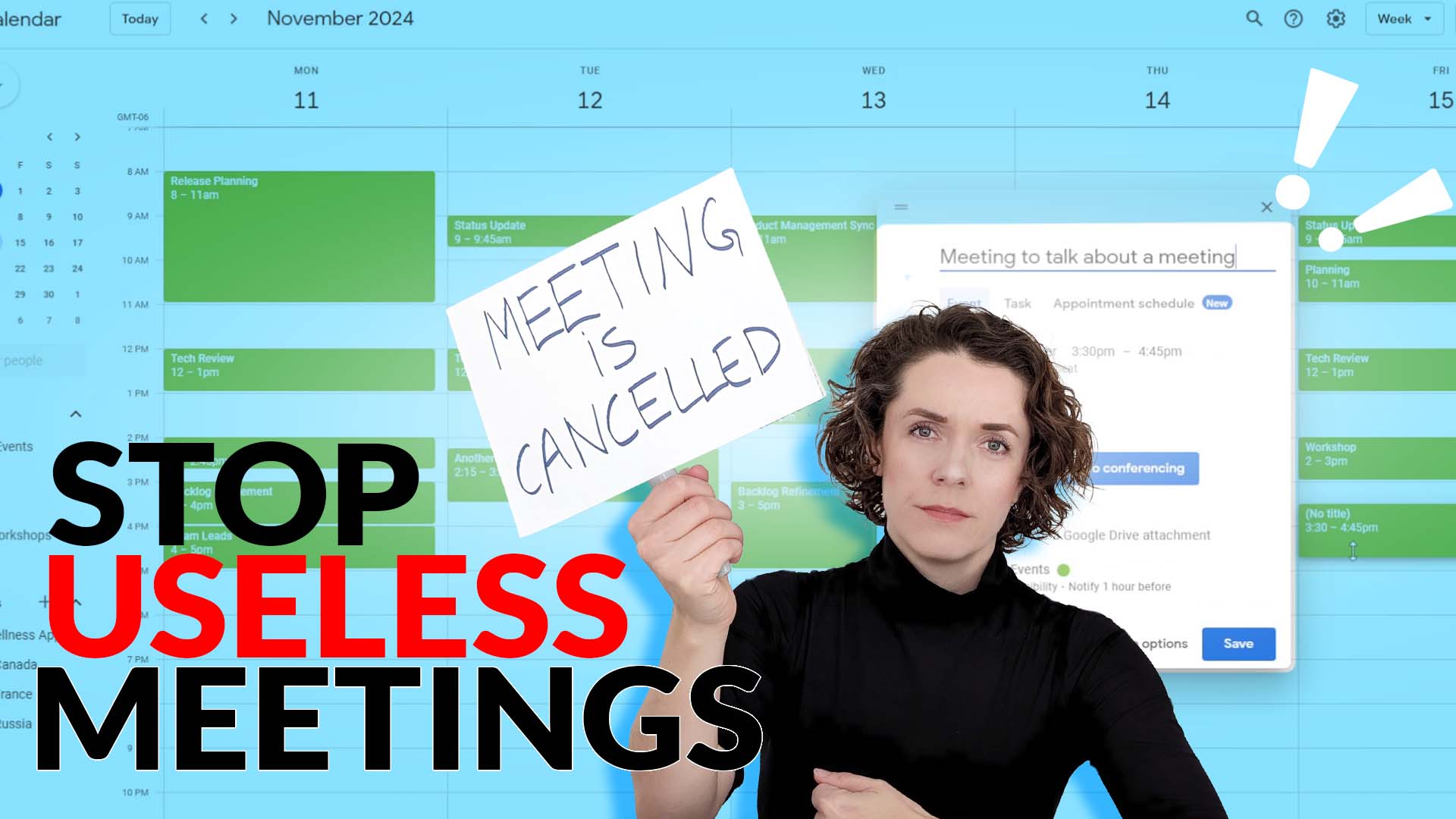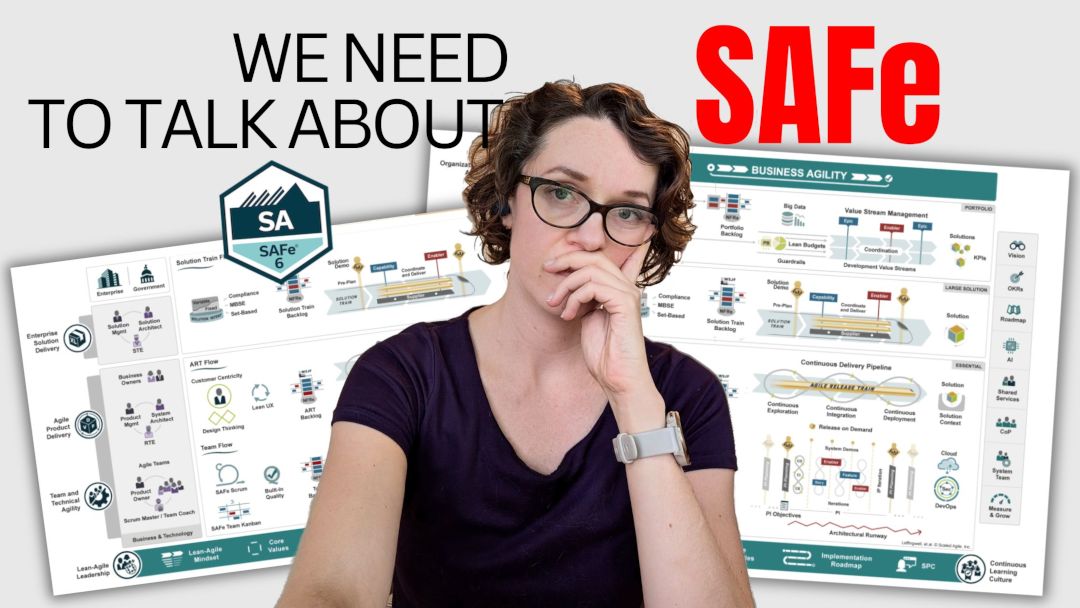And I can already hear the outrage.
If you have seen some of my previous videos on this topic, you may be a bit confused.
“But, Daria, didn’t you tell us in all those videos that we can become Scrum Masters without experience? Did you lie?”
First of all, I didn’t lie.
I just didn’t give you the clear steps to take in case you have absolutely zero experience related to this domain.
And I’d like to make up for it with this video.
But before we start this video I have a very exciting announcement! I’m dropping a loyalty program in my store! From now on every time you get a guide or a course from my store you’ll be earning Gummy Bears that you can later exchange for discounts!
And to really show you me appreciation for all your support, If you’ve EVER bought anything at my store, you earned Gummy Bears without even knowing it and you can exchange them anytime!
So many of you come to me asking how to become a Scrum Master coming from a completely different industry.
And I want to set the right expectations. Even when you have a Scrum Master Certification and Scrum Master training, you cannot jump into a completely new domain without any experience closely connected to it.
This reminds me of Chandler in Friends when he decided to switch careers to marketing.
Remember?
He had to go for an unpaid internship program with the newly graduated students while he was in his 30s.
Yes, going through that period must have sucked. But thanks to his other experience he was able to jump to the position he wanted quite fast.
If you’ve never worked in a corporate environment… you can’t expect to jump into a Scrum Master career path overnight.
Because the Scrum Master role is not an entry level position. It’s not a senior level position either, but it requires pre-existing knowledge and skills.
I have a video talking about it here:
Expectations from a Scrum Master
Allow me to explain what skills are required to be a successful Scrum Master.
1. a company hiring a Scrum Master needs help.
They need someone who can come in and start working without guidance.
Most of the time people who are hiring don’t know exactly what you need to do and they will rely on you to tell them.
Of course, they will have some idea of what you should do, but they will also want you to be independent.
So in order to give the hiring manager confidence, you must showcase that you will be able to take on the reigns as soon as you start.
2. Scrum is a very specific topic, which means in order to be a Scrum Master you need to be an expert in your domain.
Right. Off. The. Bat.
- You are the one with the most knowledge on the topic.
- You are the one who will need to teach others.
- You are the one who is supposed to know what to do.
Some people think that you are supposed to know everything, but that’s an unrealistic expectation, let’s put that aside.
You need to show strong knowledge and be convincing enough about it.
It all depends on your confidence on the subject.
3. the Scrum Master is a leadership position. You’ll be immediately assigned to work with a team.
You will need to know how to build credibility and respect with people who you’ve never worked with before.
In addition, you will most likely need to work with executives, or at the very least the management teams and directors.
Ok, so now you may be thinking – “but I don’t have that” or “I don’t have a way to gain that experience”.
This is where I swipe in to save you!
If you are not currently in a situation to gain Scrum experience, you need to create those opportunities for yourself.
I’ll tell you this:
It is much easier to switch to the Scrum Master position within an organization you already work for.
I know you’re wondering: What can I do if I have no way of getting relevant experience in my current role?
Ok, I have a 3-step system, starting with the easiest action to the hardest one.
You may find yourself in one of these three situations:
- Your company doesn’t have any Agile teams
- Your company is implementing Agile elsewhere (in another department, for example)
- You are part of an Agile team or work in the same department they implement it but not in an Agile role yourself
Step 1: Join the right company
This is the worst-case scenario.
Your company is simply not anywhere near Agile and Scrum.
None of the departments or teams are implementing it, and there are no experts to reach out to.
If that’s not your case you can skip to step 2.
But if that IS your case, I would love to tell you – yep, no problem, just take the Scrum Test and you are good to go.
But you still need relevant experience.
This means that it will take you some extra time to get the position that you want.
And in order to get there, you must be in a place that can give you an opportunity to gain that experience.
If your company ain’t it, you need to find a company that has Agile or Scrum implementation in progress and move there.
How do you find companies like that?
Simple!
Do some search on LinkedIn and Indeed
Who is hiring for Scrum or Agile-related position?
It doesn’t have to be the role of a Scrum Master or Agile Coach.
They may be looking for an Agile Project Manager, or a tester to join an Agile team.
I just did a search right now and I found a job for a Talent Transformation Consultant that mentions Agile – that sounds promising!
Just below it, there is a Compliance Specialist position that mentions the Agile environment.
Since the Scrum Master role is not an entry-level position, you will need to take a different role.
That’s why I highlighted those two positions: they are not Scrum Master positions but they are in companies that are implementing Agile.
You want to get as close as possible to a Scrum, Kanban, SAFe, or any Agile team.
Does it mean you will have to work 6 or more months in a role that has nothing to do with the role of a Scrum Master?
Technically, yes.
But step 2 can make it worthwhile.

A lot of what I will be talking about in this video and more is actually part of my Scrum Master Startup Guide that you can get in my store.
There I go into much more detail about the role and give you specific action plans you can implement from day one.
Step 2: Find your crowd
If you are not in the worst-case scenario where your company has absolutely nothing Agile, or you got yourself out of that scenario, you are closer to your goal than you think.
The first thing to do is see where your company may give you the needed experience internally.
Right now many companies are trying out Agile and Scrum implementations.
They don’t always do it the right way or for the right reasons, but they are trying.
Check out what they have going on in other departments.
- Is there an IT department or a team of developers?
- Are they using any kind of Agile practices?
- Even better, do they have a Scrum Master?
Do some digging!
Again, you can go back to online searches.
Search on LinkedIn if there is someone with “Scrum” or “Agile” in their title, or if the company mentions it in their job openings.
Go network with the people you don’t know yet!
If you want to make a big change in your career, you need to take a big step first.
If you were able to locate something or someone in your company, who is associated with Agile or Scrum – great!
This is the way to go.
Did you find an Agile Coach working in your company? Send them an email.
Did you find a Scrum Master? Send them a Slack message.
Did you find a Tech Lead who says they do the Scrum Master duties for their team? Go talk to them!
What do you tell them?
Something along the lines of:
“Hi, I am looking to make a switch in my career and become a Scrum Master.
I’ve noticed that your department is implementing Agile practices and I was wondering if we can connect to talk about your work. It would be invaluable for me to learn more about this topic and see if I can be of help to you.”
I mean, don’t say exactly that, it’s just an example.
But you get the point.
And with that done, you can go on to step 3.
Step 3: Gaining relevant experience
You are almost there.
Now you are in a situation where you can gain the experience you need even if you are not a Scrum Master.
What you can do here is:
- Shadow that Scrum person
- Attend that Agile team’s meetings to see how they do it
- Ask to facilitate one of the meetings
- See what Agile practices you can implement in your team
- Ask you manager if you can take an unofficial Scrum Master role in your team
- Ask for a transfer to the team or role you want!
I will send you to these two videos I have on this topic that explain everything in step 3 in detail:
That brings us to the very end of this blog. Let’s summarize what we learned.
Some hard truths:
- Scrum Master role is not an entry-level position because people hiring you are looking for an expert who is able to work independently and knows what to do and how to lead a team
- You can’t become a Scrum Master overnight without any relevant experience whatsoever.
- It’s easier to transfer to a Scrum Master role internally than to come in as an outsider.
- If your company can’t provide you with any Agile-related experience because they are not implementing it in any department, you need to move somewhere else.
Your options are:
- Step 1: Find a company that is implementing Agile and Scrum
- Step 2: Connect with people in Agile roles and teams to learn from them
- Step 3: Gain experience non-officially by taking on Scrum Master responsibilities even if your official position is not Scrum Master
That’s it for this blog!
I hope you learned something new, and if you did – as always, give this video a thumbs up and subscribe if you are not subscribed yet.
-add gummy bear promo banner-
👉 And remember you can now earn Gummy Bears every time you get something from my store than you can later trade for discounts! 🧸🏆



